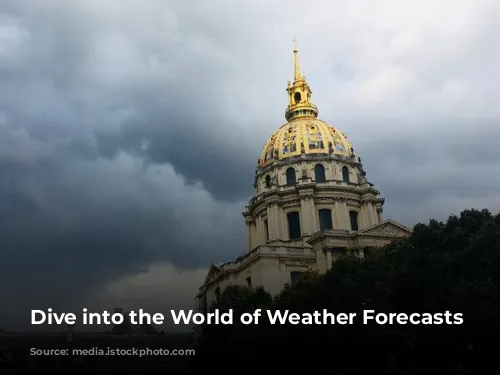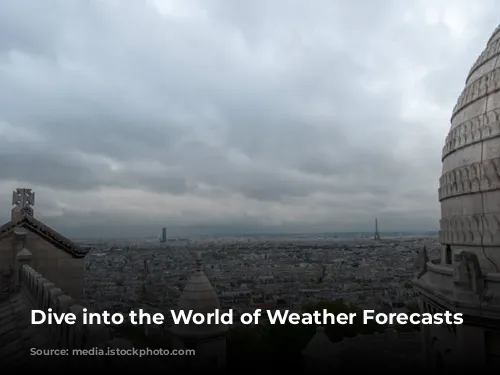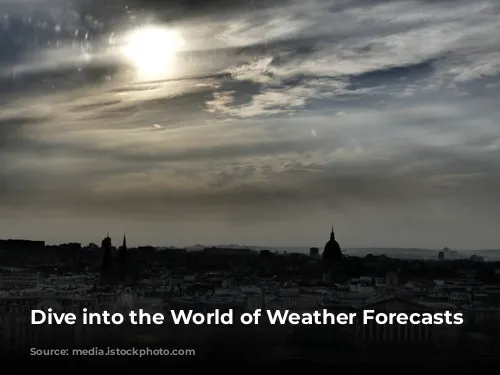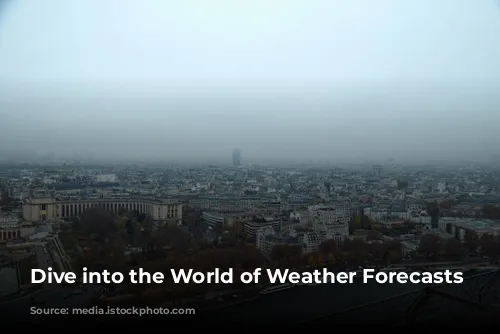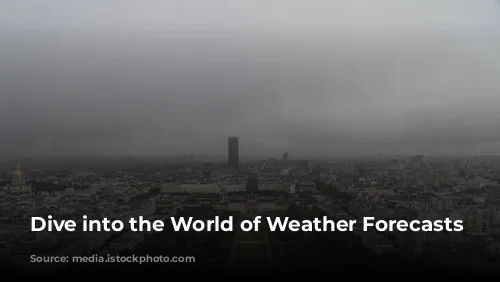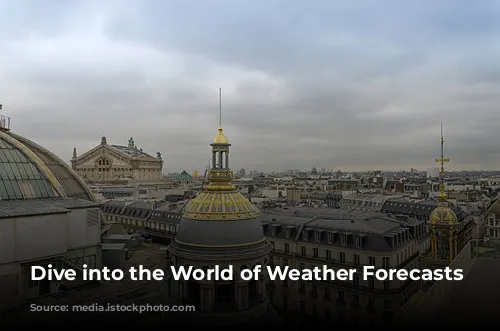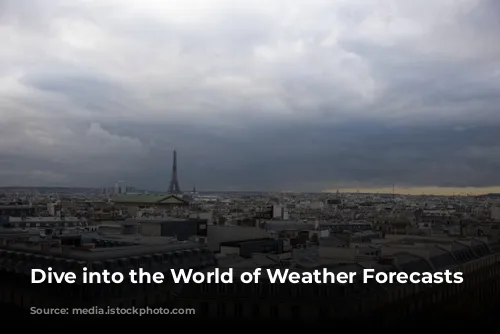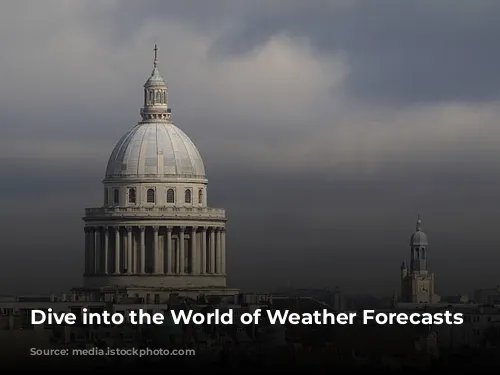It’s fascinating how we can predict the weather, but sometimes the forecasts aren’t perfect, and that’s okay! Weather models aren’t crystal balls; they’re complex computer programs that use mathematical equations to simulate how the atmosphere behaves. Think of them as incredibly detailed weather maps, but they don’t always get it right.
Why Are Weather Forecasts Sometimes Off?
Uncertainty is a big factor. Different weather models can predict different things, which means the forecast is less certain. This is especially true when thunderstorms, fog, or mountainous terrain are involved. These factors are tricky to predict accurately, and even the best models can struggle to capture their nuances.
For example, thunderstorms are notoriously unpredictable. They can pop up quickly and change course, making it difficult to pinpoint their exact location and timing. Fog and low clouds can also be hard to see, so models might not pick up on them. And mountainous regions present a challenge because their complex terrain can create localized weather patterns that models might miss.
When Weather Forecasts Are Uncertain, What Can You Do?
If you’re planning an outdoor activity and the forecast is uncertain, don’t worry! You can still be prepared. Here are some tips:
- Plan for all possibilities. Prepare for different weather scenarios, like packing both a raincoat and sunscreen.
- Check the forecast frequently. As the weather evolves, so will the forecast. Keep an eye on it to stay updated.
- Postpone if necessary. If your plans are highly weather-dependent, consider postponing them until the forecast is more certain.
The Power of Multi-Model Forecasts
To improve accuracy, we use Multi-Model Forecasts, which combine predictions from multiple weather models. This gives us a broader picture of what’s likely to happen and helps us understand where the forecast might be less certain.
Here’s how it works:
- Different models, different colors. Each model has its own color on our diagrams, making it easy to compare their predictions.
- The average is key. The dashed line shows the average of all models, giving you a general idea of the most likely outcome.
- More models, more confidence. If more models agree on a prediction, the forecast becomes more reliable.
Meteoblue: Behind the Scenes
Meteoblue runs a network of powerful weather models, constantly crunching numbers to produce the most accurate forecasts possible.
Here’s what makes meteoblue unique:
- High-resolution models. These cover densely populated areas in great detail, giving you precise forecasts for your location.
- Global coverage. Meteoblue models also cover the entire world, ensuring you have a forecast no matter where you are.
- Combined data. To make the best possible forecast, we combine data from multiple models, satellite observations, and real-time weather measurements.
So, the next time you check the weather forecast, remember it’s a product of powerful technology, constantly evolving to provide you with the most accurate information possible. While forecasts might not be perfect, they’re a valuable tool for planning your day and staying safe.
